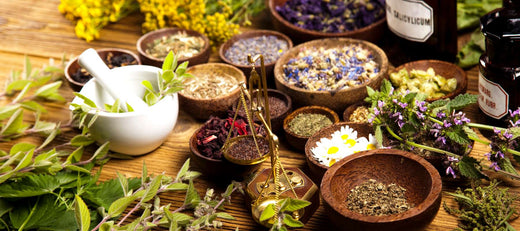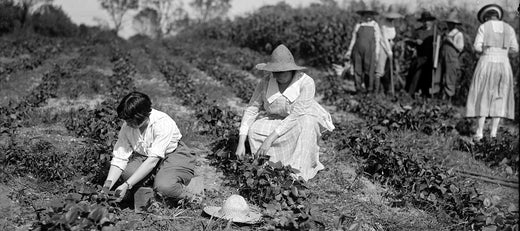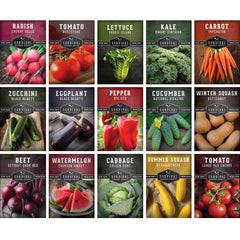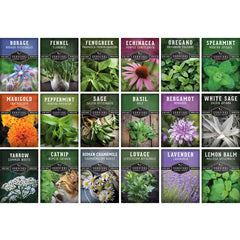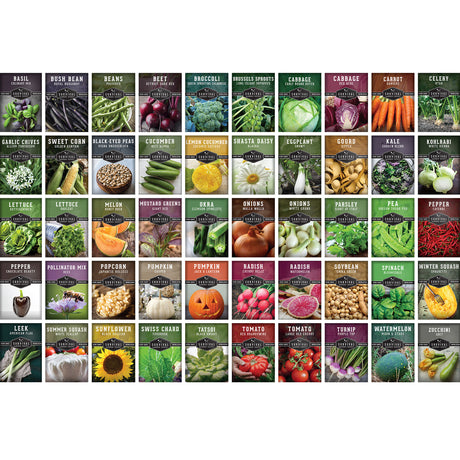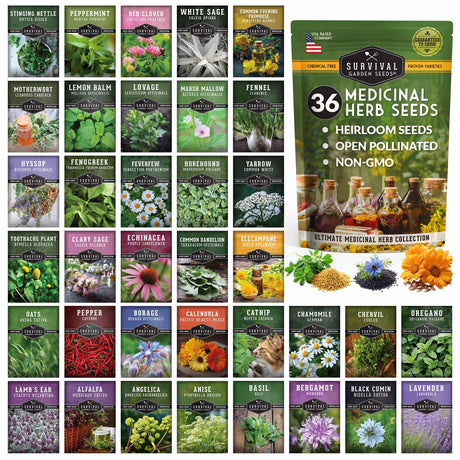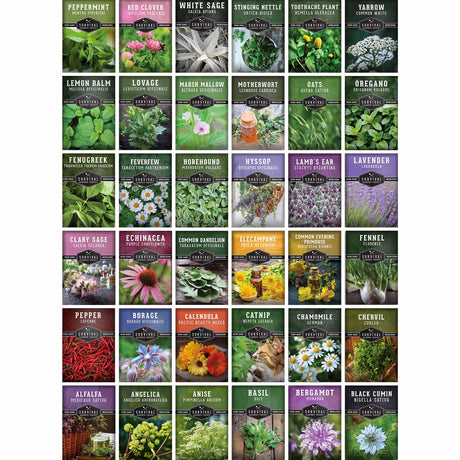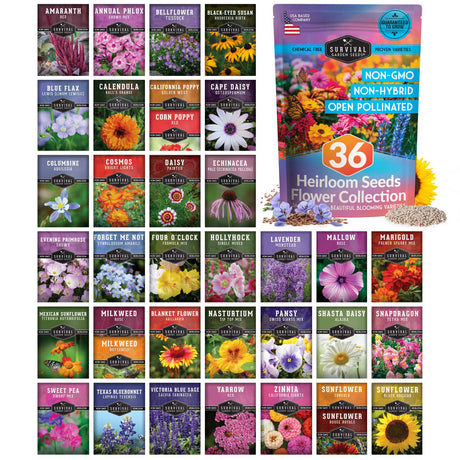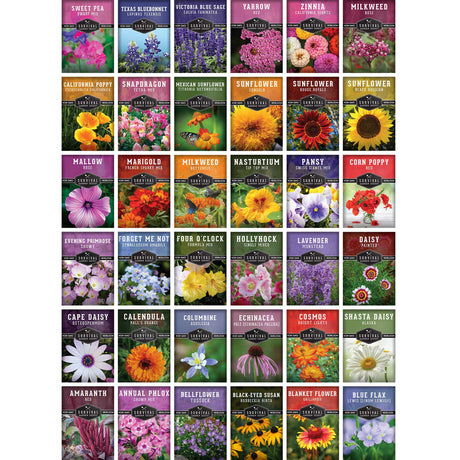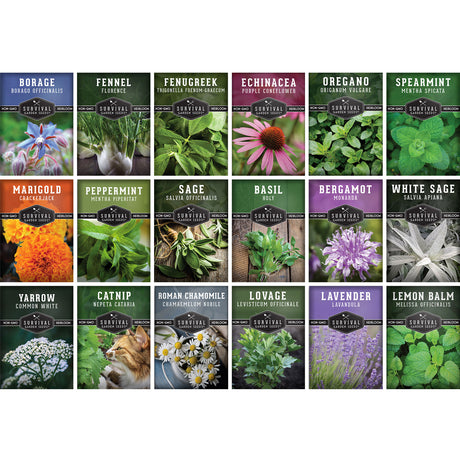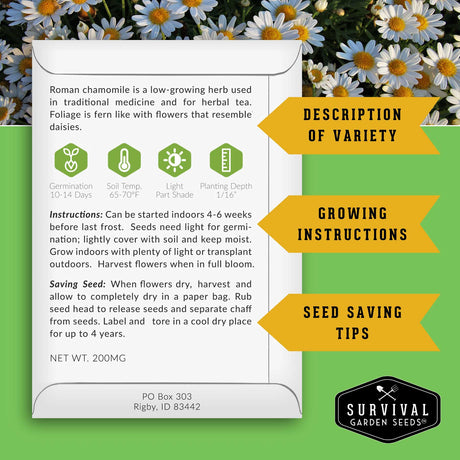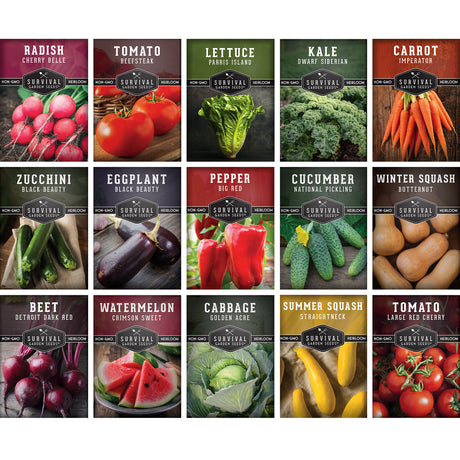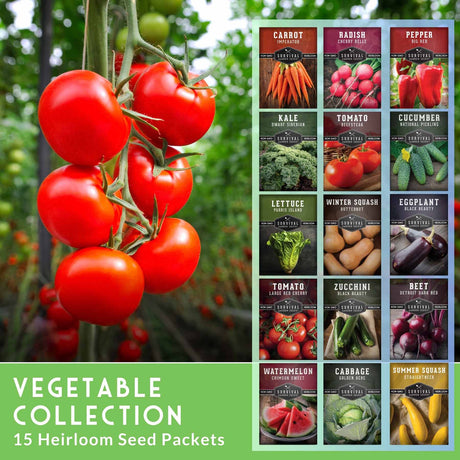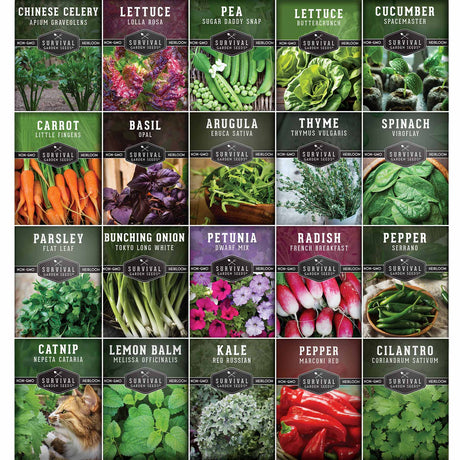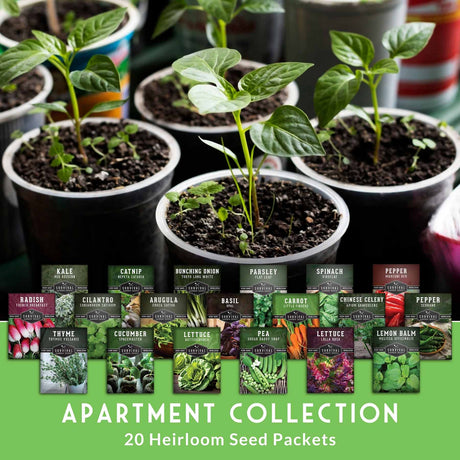We’ve discussed the multitude of reasons why you should grow flowers in your garden. They attract pollinators to your food crops, they can repel pests, improve soil quality, and some are edible with medicinal properties. Today, we are going to discuss another use for flowers: communication.
History of the Language of Flowers
You may have heard that certain flowers have a meaning when given to someone. This language of flowers can be traced back to ancient civilizations like Egypt, Greece, and Rome, where flowers were often used in rituals and ceremonies. However, it became more popular in the early 1800s in England and France.

Floriography (the language of flowers) exploded into popularity in Victorian England, where it was taboo to publicly discuss feelings. Queen Victoria, herself, was an avid fan of the language of flowers and participated in the practice. Floriography was a code used mainly in matters of romance. It also spawned an interest in botany, with greenhouses and conservatories popping up everywhere to grow a broad variety of flowers and plants. The inspiration for Victorian floriography is thought to come from the Turkish tradition of selam, a language of flowers and objects. The English writer and traveler Lady Mary Wortley Montague is credited with bringing this tradition to English aristocratic society after traveling to Turkey in the early 18th century. There existed many reference books for the language of flowers, but the “Dictionnaire du language des fleurs”(1809) by Josef Hammer-Purgstall is thought to be the first published list associating flowers with definitions.
The floriography trend began to fade by the end of World War I, but some of the meanings have carried forward into modern times. If you would like to explore a Victorian floral dictionary, there is one from 1884 that is still published today.
Modern Meanings for Flowers
We’ve recently written blog posts about various colors of flowers and what they can bring to your environment. In modern floriography, the colors of flowers have meanings.
- Red flowers represent passion, love, and affection.
- Pink flowers typically represent femininity and grace.
- Yellow flowers bring joy, happiness, and friendship.
- White flowers mean purity, humility, and innocence.
- Blue flowers represent peace and tranquility.
- Purple flowers are a symbol of royalty and elegance.

As for the flower varieties themselves, most of us are familiar with roses being a symbol of love and passion. Here are some other flowers and their traditional meanings:
- Daisy - innocence & new beginnings
- Sunflower - adoration & loyalty
- Carnation - love & fascination
- Marigold - joy & creativity
- Snapdragon - graciousness & strength
- Sweet Pea - pleasure & gratitude
- Lavender - serenity & calmness
Next time you are in your garden or are selecting a bouquet as a gift, take some time to look beyond the beauty and consider some of the traditional meanings of the blooms. Flowers can tell a story as well as attract pollinators and improve your garden. In the end, there are no definitive rules. Everyone has their favorite flower, and you should grow and give whatever variety brings you joy.



